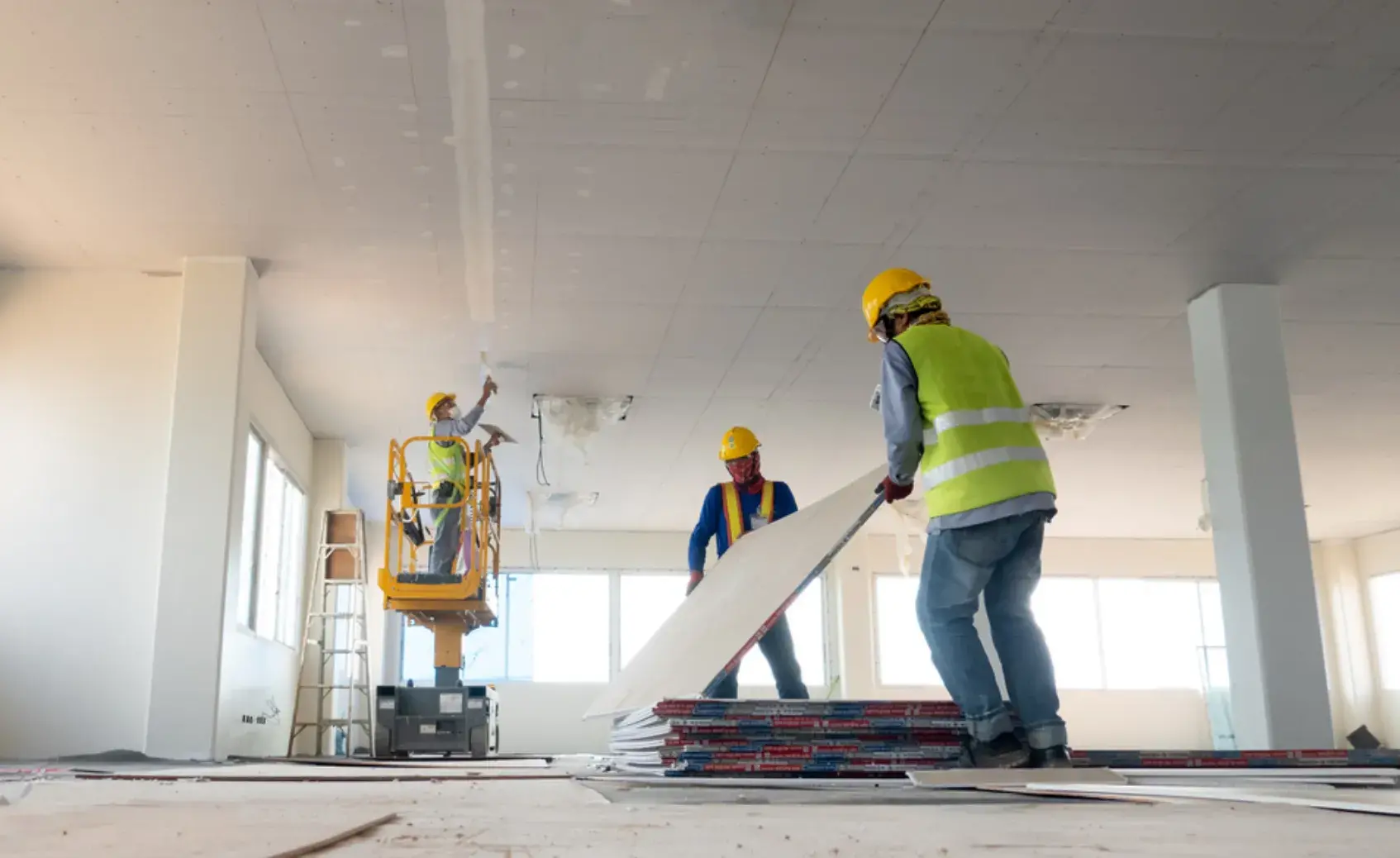In the bustling heart of Silicon Valley, San Jose homeowners face unique challenges when considering home improvement projects during economic downturns. With housing costs consistently ranking among the highest in the nation, making smart decisions about home remodeling becomes critical when budgets are tight. This comprehensive guide explores how San Jose residents can strategically approach home renovations during financial constraints, ensuring their investments yield maximum value and satisfaction.
The San Jose housing market continues to reflect the area’s economic dynamism even during broader economic slowdowns. Property values remain relatively resilient compared to many other metropolitan areas, making thoughtful home remodeling decisions particularly important. When every dollar counts, knowing which projects to prioritize can make the difference between a wise investment and a financial strain.
Understanding the San Jose Home Improvement Landscape
The Bay Area’s distinctive real estate environment creates specific considerations for home remodeling projects. San Jose homes represent a diverse architectural landscape, from mid-century Eichlers to Victorian classics and modern constructions. Each property type presents unique renovation opportunities and challenges.
Local factors affecting home remodeling decisions in San Jose include:
- Weather conditions that allow for year-round exterior projects
- Seismic considerations for structural modifications
- Stringent building codes and permit requirements
- High labor costs compared to national averages
- Growing emphasis on eco-friendly and energy-efficient upgrades
Understanding these regional factors helps homeowners make informed decisions about which home remodeling projects make sense during economic downturns. The cost-benefit equation in San Jose differs significantly from other parts of the country, requiring a tailored approach.
Assessing Your Financial Reality
Before embarking on any home remodeling project during challenging economic times, a thorough financial assessment is essential. This evaluation should go beyond simply determining what you can afford today.
Consider these financial aspects:
- Current emergency savings status
- Job security in the volatile tech sector
- Home equity position and borrowing options
- Expected duration of residency in the property
- Local market conditions and comparable home values
Financial experts recommend maintaining at least six months of expenses in emergency savings before allocating funds to discretionary home improvements. This buffer becomes particularly important during economic uncertainty, ensuring that home remodelingdecisions don’t compromise financial security.
For many San Jose homeowners, their property represents their largest asset. Protecting and enhancing this investment requires strategic thinking about which renovations deliver tangible returns even when economic conditions are challenging.
High-Value vs. Low-Value Remodeling Projects
Not all home remodeling projects deliver equal returns, especially in San Jose’s unique market. During economic downturns, focusing on improvements with strong value retention becomes particularly important.
High-value projects for San Jose homes typically include:
- Kitchen updates with focus on functionality and moderate finishes
- Bathroom renovations that address outdated fixtures and inefficiencies
- Energy efficiency improvements including window replacements and HVAC upgrades
- Outdoor living space enhancements suitable for the mild climate
- Home office additions reflecting the region’s tech-centric employment
These projects consistently deliver stronger returns because they address fundamental livability issues while appealing to future buyers’ priorities. Conversely, highly personalized renovations like specialty rooms or luxury amenities typically return less on investment, making them questionable choices during economic constraints.
Data from local real estate professionals indicates that modest kitchen remodels in San Jose can recover 70-80% of their costs at resale even during market slowdowns. By contrast, upscale master suite additions might return only 50-60% of expenditures when economic conditions are challenging.
DIY vs. Professional home remodeling Considerations
When budget constraints tighten during economic downturns, many homeowners contemplate the DIY approach to home remodeling projects. While this can yield significant savings, it requires careful consideration in the San Jose context.
Areas where DIY approaches may work well:
- Interior painting and wallpaper removal
- Cabinet hardware replacement
- Basic landscaping improvements
- Simple fixture replacements
- Minor cosmetic updates
Projects typically requiring professional expertise:
- Structural modifications requiring permits
- Electrical system updates
- Plumbing reconfigurations
- Foundation repairs
- Major kitchen or bathroom renovations
San Jose’s strict building codes and inspection requirements make DIY approaches to significant home remodeling projects particularly challenging. Unpermitted work can create complications during future sales, potentially offsetting any initial savings. Additionally, the high cost of living in the area means that the opportunity cost of extensive DIY projects may exceed professional labor costs for many homeowners.
When economic conditions tighten, a hybrid approach often makes sense—handling simpler aspects of home remodeling personally while bringing in professionals for specialized work. This strategy can reduce costs while ensuring quality outcomes.
Strategic Phasing of home remodeling Projects
Economic uncertainty often necessitates breaking larger renovation dreams into manageable phases. This approach allows homeowners to spread costs over time while still progressing toward their ultimate vision.
Effective phasing strategies for home remodeling include:
- Creating a comprehensive master plan before beginning any work
- Prioritizing infrastructure before cosmetic improvements
- Completing projects in logical sequence to avoid rework
- Focusing on one functional area at a time
- Building in contingency time between phases
A thoughtfully phased kitchen renovation might begin with upgrading appliances and refinishing existing cabinets, then progress to countertop replacement in a subsequent phase, culminating with flooring updates when finances permit. This approach delivers immediate functional improvements while deferring some costs until economic conditions improve.
For larger home remodelingambitions, professional design assistance can help create an effective phasing strategy even when implementation will occur over an extended timeframe. This investment in planning often pays dividends by avoiding costly mistakes and rework.
Financing Options for home remodeling During Economic Downturns
Even when economic conditions create challenges, various financing approaches can make necessary home remodeling projects feasible for San Jose homeowners.
Common financing approaches include:
- Home equity lines of credit (HELOCs) leveraging the substantial equity many local homeowners possess
- Cash-out refinancing when current mortgage rates are favorable
- Construction loans for major renovations
- Specialized energy efficiency financing programs
- Manufacturer financing for major appliance and system replacements
The optimal financing approach depends on individual circumstances, including current mortgage terms, available equity, credit rating, and anticipated duration of residence. Generally, shorter-term financing makes sense for improvements with shorter useful lives, while longer-term options align better with structural enhancements.
San Jose homeowners benefit from several local and state programs that can offset certain home remodeling costs, particularly for energy efficiency improvements. These include rebates for window replacements, HVAC upgrades, and solar installations—often making these projects more feasible during economic constraints.
Essential vs. Discretionary Home Remodeling
During economic uncertainties, distinguishing between essential and discretionary home improvements becomes critical. This distinction helps San Jose homeowners allocate limited resources effectively.
Essential home remodeling typically addresses:
- Safety concerns like electrical system deficiencies
- Structural integrity issues including seismic vulnerabilities
- Water intrusion and moisture management
- Basic functional inadequacies in kitchens and bathrooms
- Energy inefficiencies creating excessive utility costs
Discretionary improvements might include:
- Aesthetic updates to functional spaces
- Expanded living areas
- Luxury finishes and fixtures
- Specialized rooms for specific hobbies or activities
- Extensive landscaping enhancements
When economic conditions tighten, focusing first on essential improvements protects the fundamental value of the property while ensuring safety and functionality. Discretionary projects can then be evaluated based on their contribution to quality of life and potential return on investment.
Some home remodeling projects occupy a middle ground, addressing functional needs while also enhancing aesthetics. For example, replacing worn kitchen countertops improves both utility and appearance. These dual-purpose improvements often represent wise investments even during economic constraints.
Leveraging Technology in Home Remodeling Decisions
The digital revolution offers San Jose homeowners powerful tools to make informed home remodeling decisions during economic challenges.
Valuable technological resources include:
- Virtual design applications allowing visualization before commitment
- Augmented reality tools for testing color schemes and furniture placement
- Online marketplaces for discounted materials and fixtures
- Project management software for coordinating complex renovations
- Video tutorials for developing DIY skills
These digital resources can significantly reduce the risk of costly mistakes while enabling more accurate budgeting. Additionally, online research helps identify quality contractors offering competitive rates during economic slowdowns when construction demand often decreases.
San Jose’s tech-savvy population has particular advantages in leveraging these digital tools, often having access to advanced software through professional connections. This technological edge can translate to smarter home remodeling decisions when economic conditions require careful resource allocation.
Environmental Considerations in Home Remodeling
Environmental consciousness remains important for San Jose homeowners even during economic challenges. Fortunately, many eco-friendly home remodeling approaches also deliver long-term financial benefits.
Environmentally sound approaches include:
- Water-conserving fixtures reducing utility costs
- Energy-efficient appliances decreasing monthly expenses
- Sustainable materials requiring less maintenance
- Smart home technologies optimizing resource usage
- Natural lighting solutions reducing electricity consumption
These environmentally responsible choices often command premium resale values in the environmentally conscious Bay Area market, making them sound investments even when immediate budgets are constrained. Additionally, various rebate programs and tax incentives can offset initial costs, improving short-term financial calculations.
For San Jose homeowners navigating economic uncertainties, these eco-friendly home remodeling options represent a win-win—reducing ongoing expenses while supporting environmental values. This alignment makes green renovations particularly attractive during challenging economic periods.
Psychological Benefits of Strategic Home Remodeling
Beyond financial considerations, thoughtful home remodeling delivers significant psychological benefits that become particularly valuable during economic stress periods.
These benefits include:
- Increased comfort in a space where more time is spent during economic downturns
- Enhanced functionality reducing daily frustrations
- Pride of ownership during times when other luxuries may be curtailed
- Sense of control when external economic factors feel unmanageable
- Improved mental health from organized, aesthetically pleasing environments
Research consistently demonstrates correlations between living environment satisfaction and overall wellbeing. During economic challenges, when vacation and entertainment options may be limited, home environment quality becomes even more significant for psychological health.
Strategic home remodeling focused on spaces used most frequently—typically kitchens, primary bathrooms, and main living areas—delivers maximum psychological return on investment. These high-use areas affect daily experience most directly, making them priority targets even when budgets tighten.
Working Effectively with Contractors During Economic Downturns
Economic uncertainty creates both challenges and opportunities in contractor relationships. During slowdowns, quality contractors may offer more competitive pricing and increased schedule flexibility.
Best practices for contractor engagement include:
- Obtaining multiple detailed bids specifying materials and labor
- Verifying insurance coverage and license status
- Checking references specifically from recent projects
- Establishing clear payment schedules tied to completion milestones
- Documenting all changes to original scope in writing
San Jose’s contractor landscape includes companies of varying sizes and specializations. During economic constraints, smaller operations sometimes offer particular value, having lower overhead costs than larger firms. However, ensuring appropriate licensing and insurance remains essential regardless of company size.
Communication clarity becomes especially important when budgets are tight. Specifying acceptable materials and finishes prevents misunderstandings and cost overruns. Additionally, establishing clear contingency protocols addresses the unexpected issues that inevitably arise during home remodeling projects.
Future-Proofing Your Home Remodeling Investments
Economic uncertainty makes long-term thinking particularly important in home remodeling decisions. San Jose homeowners benefit from considering how today’s improvements will serve future needs and preferences.
Future-proofing strategies include:
- Flexible space designs accommodating changing uses
- Aging-in-place features like curbless showers and wider doorways
- Infrastructure supporting evolving technologies
- Classic aesthetic choices rather than trendy designs
- Durable materials requiring minimal maintenance
These approaches ensure that today’s home remodeling investments continue delivering value regardless of economic conditions or personal circumstances. This long-term perspective proves especially valuable when resources are limited, focusing expenditures on improvements with lasting relevance.
For many San Jose families, multi-generational considerations factor into these decisions. Creating spaces that serve current needs while anticipating future family configurations represents prudent planning during economic constraints when maximizing every dollar becomes critical.
Case Studies: Successful Home Remodeling During Previous Downturns
Examining how San Jose homeowners navigated previous economic challenges provides valuable insights for current decisions. Several patterns emerge from these real-world experiences.
Common success factors include:
- Prioritizing projects with immediate quality-of-life benefits
- Selecting materials balancing initial cost with longevity
- Maintaining clear separation between needs and wants
- Leveraging personal skills appropriately while recognizing limitations
- Building relationships with reliable contractors offering fair pricing
One particularly instructive example involved a Willow Glen homeowner who completed a kitchen remodeling during the 2008 recession. By retaining the existing layout, refinishing rather than replacing cabinets, and selecting mid-range appliances, the project delivered substantial improvement at modest cost. Ten years later, the renovation still served the family effectively, validating the balanced approach.
These case studies consistently demonstrate that thoughtful planning rather than deep pockets determines home remodeling success during economic constraints. By learning from these experiences, current homeowners can make wiser decisions in today’s challenging environment.
Read more:
Smart Home Upgrades to Make When the Economy is Down in San Jose
Top Home Remodeling Projects to Invest in During a Recession in San Jose


